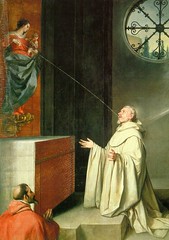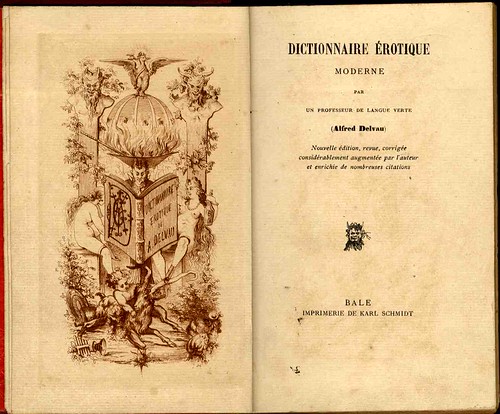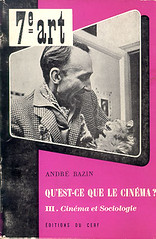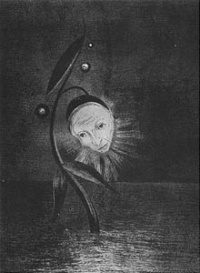Unidentified gold toilet
This is my third post on Georges Bataille‘s general economy. The first was here[1], the second here[2].
This post consists of a quote by the designer Nic Hughes I believe, author of the blog Haunted Geographies.[3]. Yes. Haunted. As in hauntology.
- “In ‘The notion of expenditure’ Georges Bataille concentrates on the more destructive expressions of potlatch, specifically ‘non-productive expenditure’- the type of ‘Killing wealth’ only rarely experienced these days. For instance, the KLF’s burning of a million pounds[4] or Ryoei Saito’s cremation[5] of 160 million dollars of fine art. For Bataille, ‘sumptuary moments’ are revolutionary in themselves, purely because they are the antithesis of use. Games, war, spectacle, art, non-reproductive sex, all challenge the tyranny of utility. They ‘represent activities which, at least in primitive circumstances, have no end beyond themselves’ (Bataille, 2004, p118). Later he spins off on a more Nietzschean tact, extending the metaphor to genocide and the destruction of a whole class- the power elite potlatch.” –Nic Hughes at Haunted Geographies [6]













